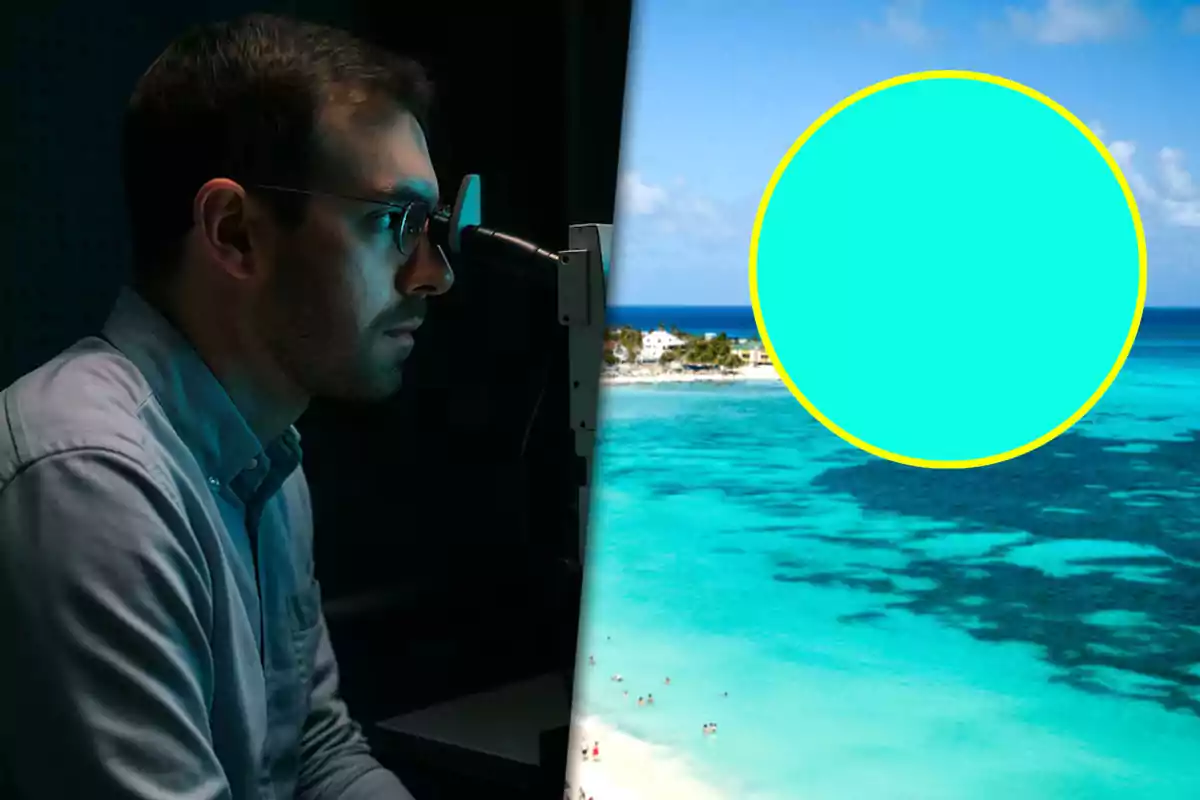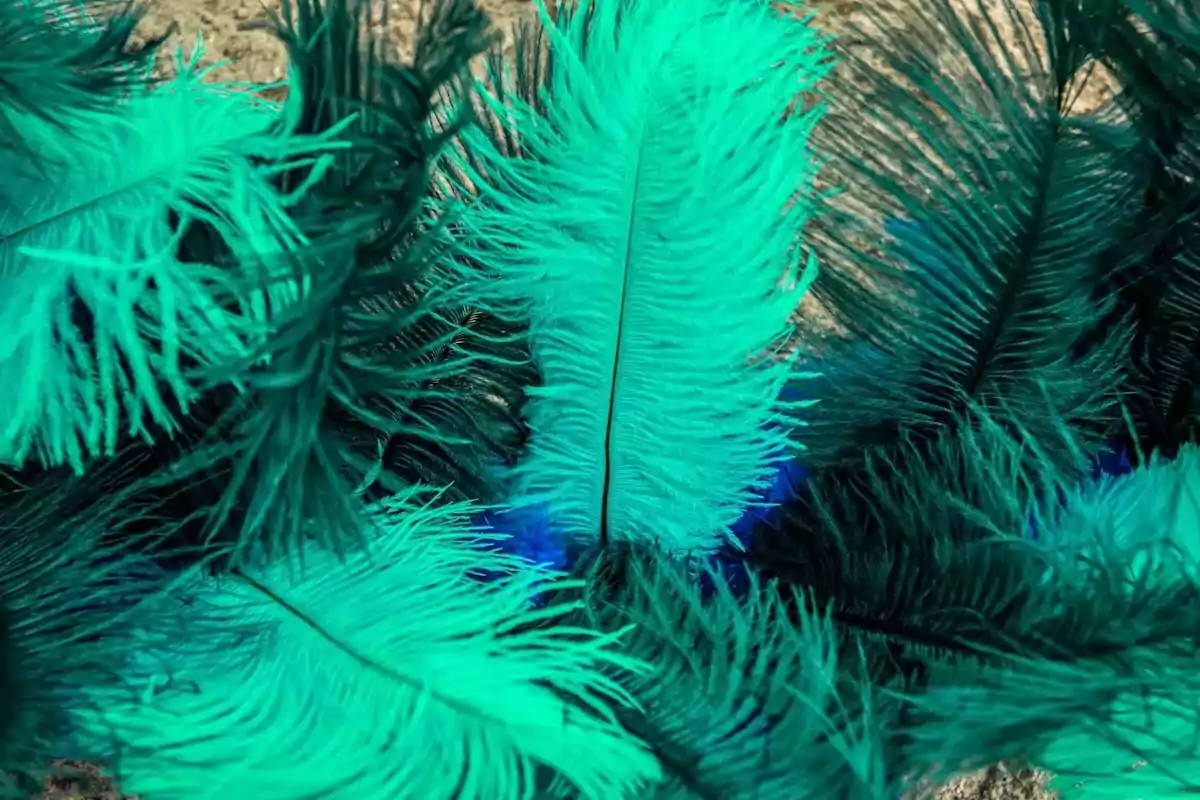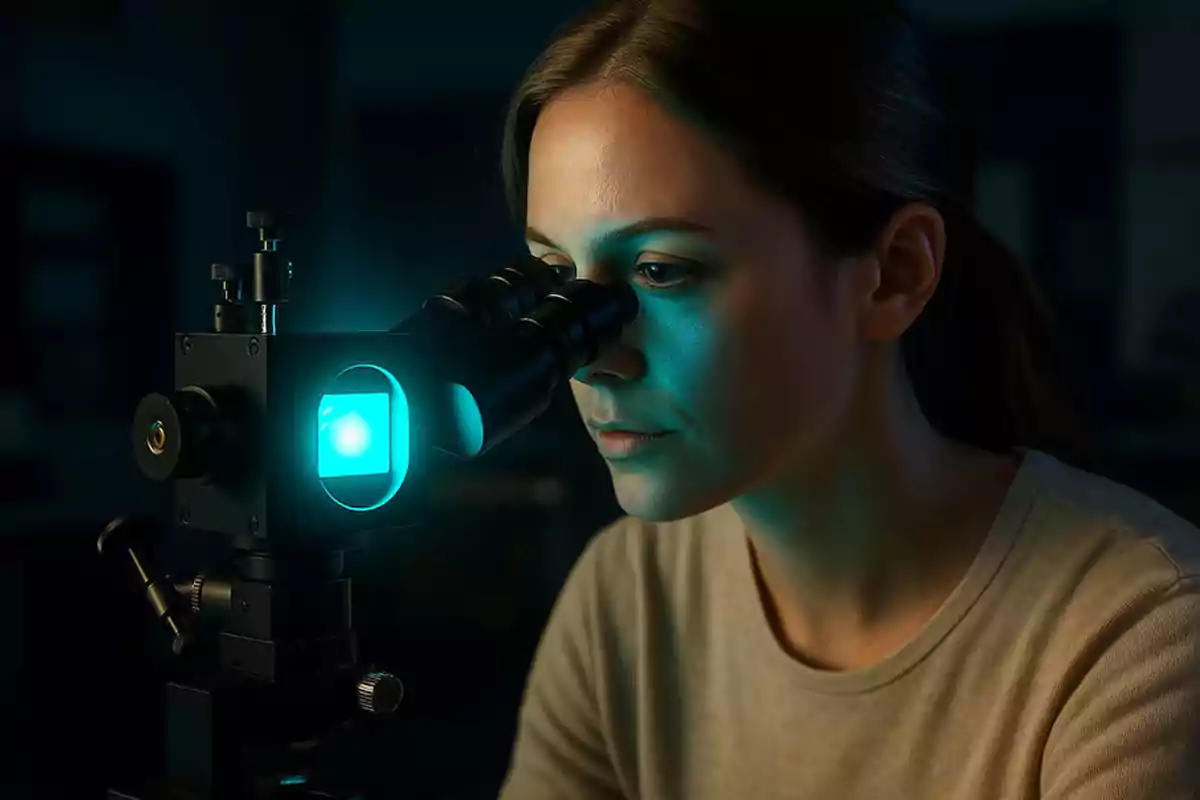
'Olo': the mysterious color that science managed to show to five people
Scientists at Berkeley enabled five people to see a color outside the visible spectrum, called olo
Researchers from the University of California, Berkeley have presented a finding that challenges what we believed about human vision: a color that doesn't exist in nature or on screens. Only five people have seen it and named it olo.
The discovery, published in Science Advances, was made possible thanks to the Oz Vision System. The device stimulates the M cones of the retina in isolation. This procedure revealed a hue outside the conventional visible spectrum.

How olo was seen
The system directs light pulses with millimeter precision to a single type of photoreceptor. This way, it avoids the natural combination of signals that mask its isolated response. The result: an extremely saturated greenish blue, described as "striking" by those who saw it.
What its name means
Olo derives from the binary code 010, alluding to the exclusive activation of the M cones, while the L and S cones remain inactive. In natural vision, any color stimulates at least two types of cones, which makes it impossible to see olo outside the laboratory.
Debate among experts
Not everyone agrees that it is a new color. Some consider it an extremely saturated green. Others point out that, although a single cone had been stimulated before, the novelty lies in the controlled stimulation of multiple cones to form images.

Possible applications
The technique could be used to diagnose eye diseases or develop treatments for color blindness. Potential uses are also seen in virtual reality and visual design, although for now it requires complex optical equipment and laboratory lasers.
Current limitations
- Participants must fix their gaze on a specific point.
- The stimulation is applied only to a small area of the retina.
- Impossible to reproduce with screens or conventional light.
More posts: